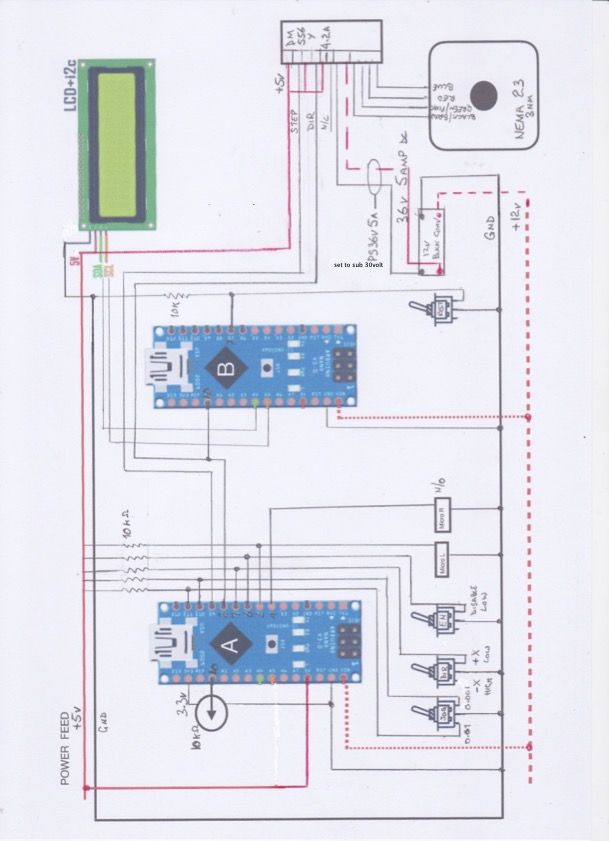Wot John said. The motors are current driven, so the volts aren't critical. However, higher voltages allow the motor to step faster and with more torque because the rise time of the pulses is reduced, packing more energy into the time available. Lower voltages clip what should be a perfect square wave and stop the motor receiving maximum power from each pulse.
As John says, a divider isn't demanding in terms of speed or torque and 12V should be fine for that. (It's what I used on my project, though with hindsight, a 24, 36 or 48V supply would have let me turn the divider a shade faster. Boy racer motive though – nippier performance is nice rather than essential.)
Getting the power supply right only becomes fussy when the motor must run fast with a significant load and it's important not to miss steps. Then it's worth making sure the power supply has the volts and amp timings necessary for peak performance.
The ideal stepper power supply is a simple one. A bridge rectifier with a transformer and capacitor big enough to pulse current at full whack, without any extra complications. In fact, stabilised power supplies aren't good for stepper applications because the motor's spiky pulse load forces the stabiliser into wasteful electronic gymnastics to keep the volts steady, when the motor wants high volts at kick-off and then is only interested in amps
Despite that, I always use stabilised switch mode power supplies on stepper projects because they're cheaper and easier to buy than plain ones.
Dave
john fletcher 1.





